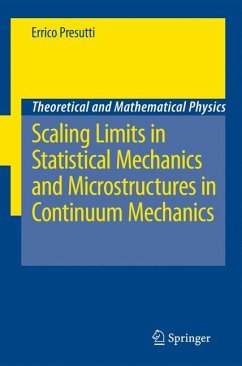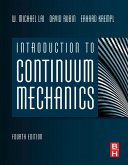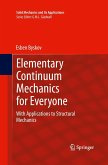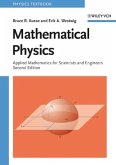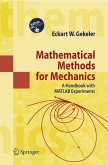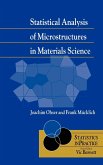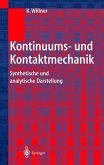Collective behavior in systems with many components, blow-ups with emergence of microstructures are proofs of the double, continuum and atomistic, nature of macroscopic systems, an issue which has always intrigued scientists and philosophers. Modern technologies have made the question more actual and concrete with recent, remarkable progresses also from a mathematical point of view. The book focuses on the links connecting statistical and continuum mechanics and, starting from elementary introductions to both theories, it leads to actual research themes. Mathematical techniques and methods from probability, calculus of variations and PDE are discussed at length.
From the reviews:
"The author takes an effort to make accessible a variety of problems and mathematical techniques involved in describing how a continuum description emerges from mesoscopic and microscopic models. Technically that refers to large scale phenomena in statistical mechanics and their mathematical formulations in terms of thermodynamic and hydrodynamic limits. The book is intended to both (mathematical) physics and mathematical communities ... ." (Piotr Garbaczewski, Zentralblatt MATH, Vol. 1156, 2009)
"This book is a beautiful overview of the state of the art. ... The link between notions and theories developed in continuum mechanics and PDEs and statistical mechanics is illustrated here. The book is an effort to build bridges between the two areas and, since it is meant for both communities it is written with the presumption that reader may not be expert in all topics. ... The various topics can be easily singled out to be used for courses or lectures ... ." (Nicoletta Cancrini, Mathematical Reviews, Issue 2011 a)
"The author takes an effort to make accessible a variety of problems and mathematical techniques involved in describing how a continuum description emerges from mesoscopic and microscopic models. Technically that refers to large scale phenomena in statistical mechanics and their mathematical formulations in terms of thermodynamic and hydrodynamic limits. The book is intended to both (mathematical) physics and mathematical communities ... ." (Piotr Garbaczewski, Zentralblatt MATH, Vol. 1156, 2009)
"This book is a beautiful overview of the state of the art. ... The link between notions and theories developed in continuum mechanics and PDEs and statistical mechanics is illustrated here. The book is an effort to build bridges between the two areas and, since it is meant for both communities it is written with the presumption that reader may not be expert in all topics. ... The various topics can be easily singled out to be used for courses or lectures ... ." (Nicoletta Cancrini, Mathematical Reviews, Issue 2011 a)

